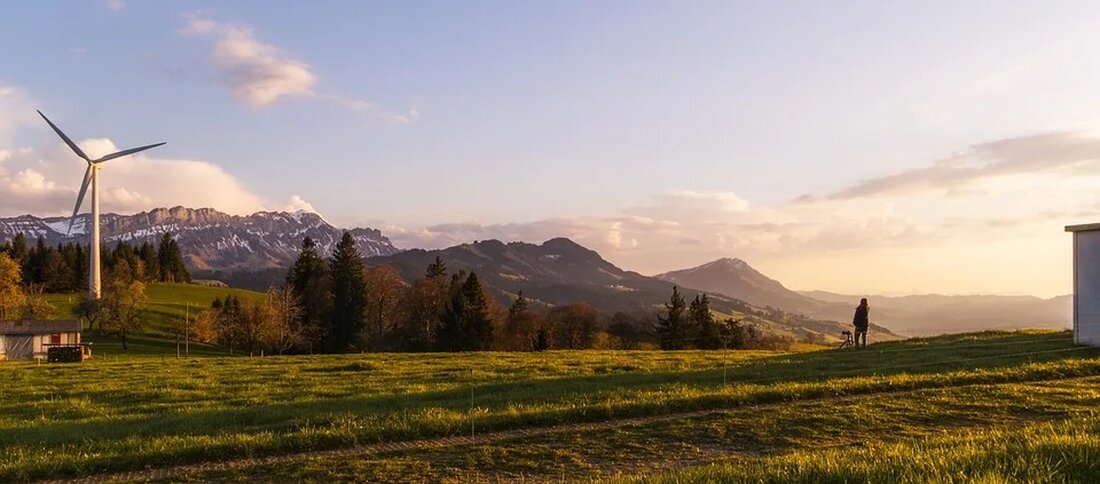Climate protection through resource efficiency
: Climate protection through resource efficiency The climate protection is one of the most urgent issues in today's society. The effects of climate change are far -reaching and affect life on our planet to a considerable extent. An important solution is to increase the efficiency with which we use raw materials - the so -called resource efficiency. What is resource efficiency? Resource efficiency is a term that includes the efficient use of resources, such as energy, materials or water. It is about minimizing the amount of resources required to manufacture products and services. The focus is on the desired result with less resource consumption ...

Climate protection through resource efficiency
: Climate protection through resource efficiency
Climate protection is one of the most urgent issues in today's society. The effects of climate change are far -reaching and affect life on our planet to a considerable extent. An important solution is to increase the efficiency with which we use raw materials - the so -called resource efficiency.
What is resource efficiency?
Resource efficiency is a term that covers the efficient use of resources such as energy, materials or water. It's about minimizing the amount of resources needed to produce products and services. The focus is on achieving the desired result with less resource consumption and thus acting in a more ecologically sustainable manner.
Why is resource efficiency important?
Resource efficiency reduces dependence on natural resources, reduces environmental impact and at the same time improves economic efficiency. It creates a win-win situation in which we use fewer resources while achieving economic benefits.
Resource efficiency and climate protection
Resource efficiency plays a crucial role in climate protection. It can help reduce greenhouse gas emissions and help us achieve the goals of the Paris Climate Agreement. This agreement aims to limit global warming to well below 2 degrees Celsius above pre-industrial levels.
Resource efficiency as the key to CO2 reduction
The CO2 emissions primarily result from the combustion of fossil fuels. An increase in resource efficiency enables us to reduce the amount of CO2 that we emit by consuming less energy and using fewer materials.
Resource efficiency and sustainable production
Sustainable production is based on the concept of resource efficiency. It aims to produce products and services that consume fewer resources and generate less waste. An increasing number of companies are striving for sustainable production methods.
Methods for improving resource efficiency
There are a number of methods to improve resource efficiency. These include the use of renewable energies, energy efficiency, recyclable design, sustainable production and conscious consumption.
Use of renewable energy
Renewable energies, such as wind, solar and hydropower, have a high resource efficiency because they do not consume limited resources and generate little to no CO2 emissions.
Energy efficiency
Energy efficiency refers to the use of technologies and practices that reduce energy consumption. This includes energy-efficient buildings and household appliances, the use of LED lamps and the use of efficient industrial processes.
Recyclable design
Recyclable design involves developing and producing products that can be easily recycled at the end of their life cycle. This minimizes the need for new resources.
Sustainable production
Sustainable production refers to methods that reduce the consumption of resources and minimize the negative effects on the environment. This also includes the concept of the circular economy, in which the products and materials in the economy are reused and recycled.
Conscious consumption
Conscious consumption means that consumers prefer products and services that have been produced sustainably. This promotes demand for sustainable products and supports companies that strive for resource efficiency.
Conclusion: Climate protection through resource efficiency is the way forward
There is a clear connection between resource efficiency and climate protection. With the efficient use of resources, we can reduce our CO2 emissions and contribute to coping with climate change. It is our responsibility to take the necessary steps to improve our resource efficiency and thus preserve our planet for future generations.

 Suche
Suche
 Mein Konto
Mein Konto
